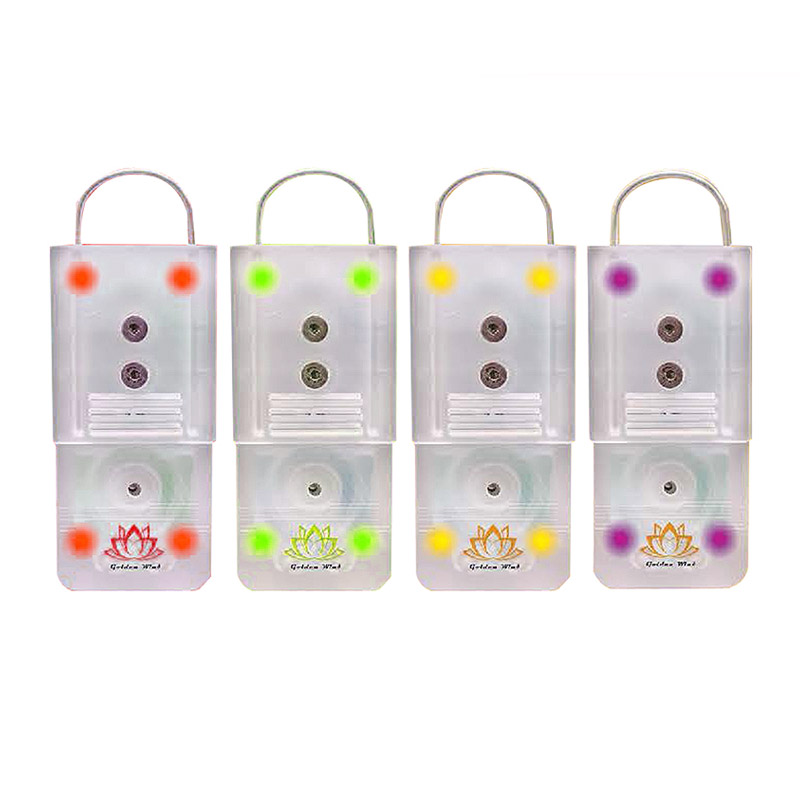Environmental monitoring systems employ various technologies and instruments to measure pollutants and particulate matter in the air. These measurements are crucial for assessing air quality, understanding environmental impacts, and implementing pollution control measures. Here are common methods used in environmental monitoring systems to measure air pollutants and particulate matter:
Particulate Matter (PM) Monitors:
Particulate matter monitors are specialized instruments that measure the concentration of airborne particles in different size ranges. PM is categorized based on particle size, typically as PM10 (particles with a diameter of 10 micrometers or less) and PM2.5 (particles with a diameter of 2.5 micrometers or less).
Techniques for measuring particulate matter include:
Beta Attenuation Monitors (BAM): Measures PM mass by detecting the attenuation of beta particles passing through a filter.
Gravimetric Method: Weighing the mass of collected particles on a filter.
Light Scattering Instruments: Use laser beams to measure the scattering of light by particles suspended in the air.
Photoionization Detectors (PID):
PIDs measure volatile organic compounds (VOCs) in the air. When VOCs are present, they can react with ultraviolet (UV) light, producing ionization that is detected and quantified.
Chemiluminescence Analyzers:
Chemiluminescence analyzers are used to measure nitrogen oxides (NOx), including nitrogen monoxide (NO) and nitrogen dioxide (NO2). The principle involves the reaction of nitrogen oxides with ozone, producing chemiluminescent light.
Flame Ionization Detectors (FID):
FID is used for measuring hydrocarbons in the air. When hydrocarbons are burned in a hydrogen flame, ionization occurs, and the resulting current is measured and correlated to the hydrocarbon concentration.
Ion Chromatography:
Ion chromatography is employed for the analysis of ions in the air, including anions (e.g., sulfate, nitrate) and cations. It provides detailed information on the composition of atmospheric particles.
Mass Spectrometry:
Mass spectrometry techniques, such as quadrupole or time-of-flight mass spectrometry, can be used for the analysis of various air pollutants, providing high sensitivity and specificity.
TDLAS (Tunable Diode Laser Absorption Spectroscopy):
TDLAS is used to measure specific gases, such as methane (CH4) or ammonia (NH3), by analyzing the absorption of laser light by the target gas.
Remote Sensing:
Remote sensing technologies, including satellite-based instruments and ground-based LIDAR (Light Detection and Ranging), are used to assess air quality on a larger scale. These technologies provide spatial and temporal information about pollutants in the atmosphere.
Real-Time Monitoring Networks:
Real-time monitoring networks consist of a network of sensors strategically placed across an area to provide continuous, real-time data on air quality. These networks often utilize a combination of the above-mentioned instruments to monitor various pollutants simultaneously.


 English
English Español
Español

